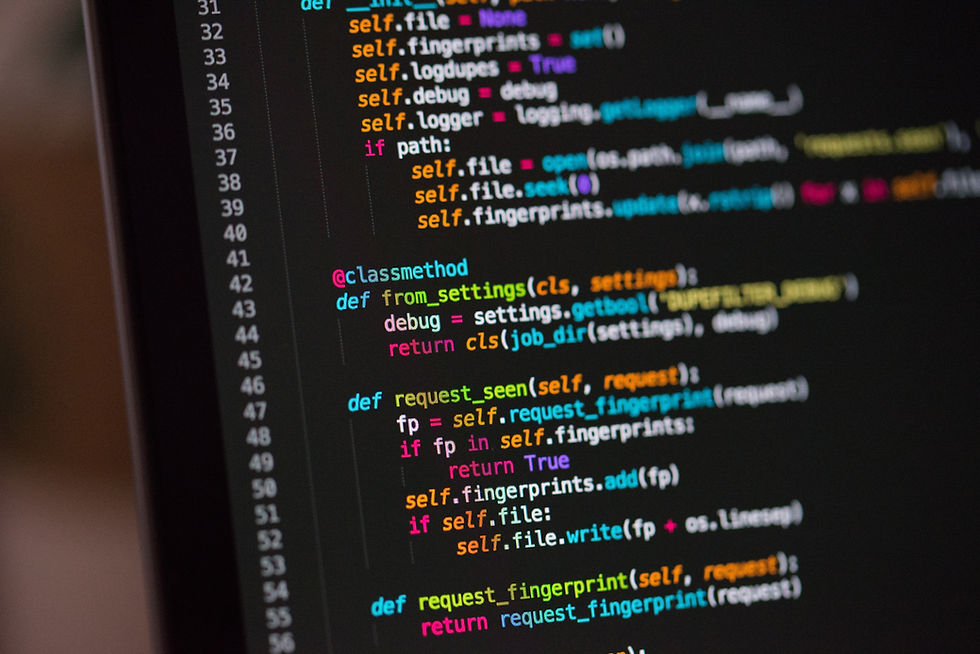Improve your operation and efficiency with AI conveyor belt integration.
- Glyn Aylward

- Jan 6, 2023
- 3 min read
Over the last few years, here at CCL, we have been working increasingly with customers who want to add automation, and intelligence to their conveyor belt system. We talked about AI a few times recently and there are many potential applications for AI in conveyor systems themselves. Customers can use AI to improve various aspects of their operations depending on their specific needs.

Here are a few examples of how AI can be used to improve outcomes for customers when integrating into conveyor systems:
Sorting and organizing: AI can be used to automatically sort and organize products as they move along the conveyor belt. For example, AI can be trained to recognize different types of products based on their size, design, or other characteristics, and then direct them to the appropriate destination.
Quality control: AI can be used to inspect products as they move along the conveyor belt and identify any defects or issues. This could include checking for damage, misalignment, or other problems that could affect the quality of the finished product.
What real-life examples are there of AI being integrated into conveyor systems?
In the food and drinks industry, the benefits have been felt for several years now. For example, AI has been used to automatically sort and package food items, or to inspect food products for defects or contamination. AI can also be used to optimize the temperature and humidity conditions on the conveyor belt to ensure that food and drink products are stored and transported under the best possible conditions.
In the logistics industry, AI is being used to optimize the routing and scheduling of conveyor belts in warehouses and distribution centers. For example, AI algorithms can analyze data from sensors on the conveyor belt and identify the most efficient path for transporting items to their destination.
In the manufacturing industry, AI is being used to automate the inspection and quality control process for products on conveyor belts. For example, AI algorithms can be trained to recognize defects or issues in products as they move along the conveyor belt, and take action to resolve the problem.
What about the conveyor system itself, how could AI be integrated to improve efficiency here?
Predictive maintenance: As mentioned earlier, AI can analyze data from sensors on the conveyor belt and identify potential issues before they become major problems. This can help reduce downtime and extend the lifespan of the conveyor system.
Energy efficiency: AI can optimize the operation of the conveyor system to minimize energy consumption and reduce the cost of running the system.
AI has the potential to revolutionize the way conveyor systems are designed and operated, bringing significant benefits to customers in a wide range of industries. By leveraging the power of AI, companies can enhance the accuracy, safety, and efficiency of their conveyor systems, improving the performance of their operations and reducing costs. As AI technology continues to advance, we can expect to see even more innovative applications driving further improvements in performance and efficiency.
Whether you are a manufacturer, a retailer, a logistics provider, or any other type of company that uses conveyor systems, there is no doubt that AI can bring significant benefits to your operations. Why not get in touch with us here at CCL to discuss your next project and see how automation and intelligent integration can help you stay ahead of the curve and take advantage of the many benefits that this technology has to offer?







Comments